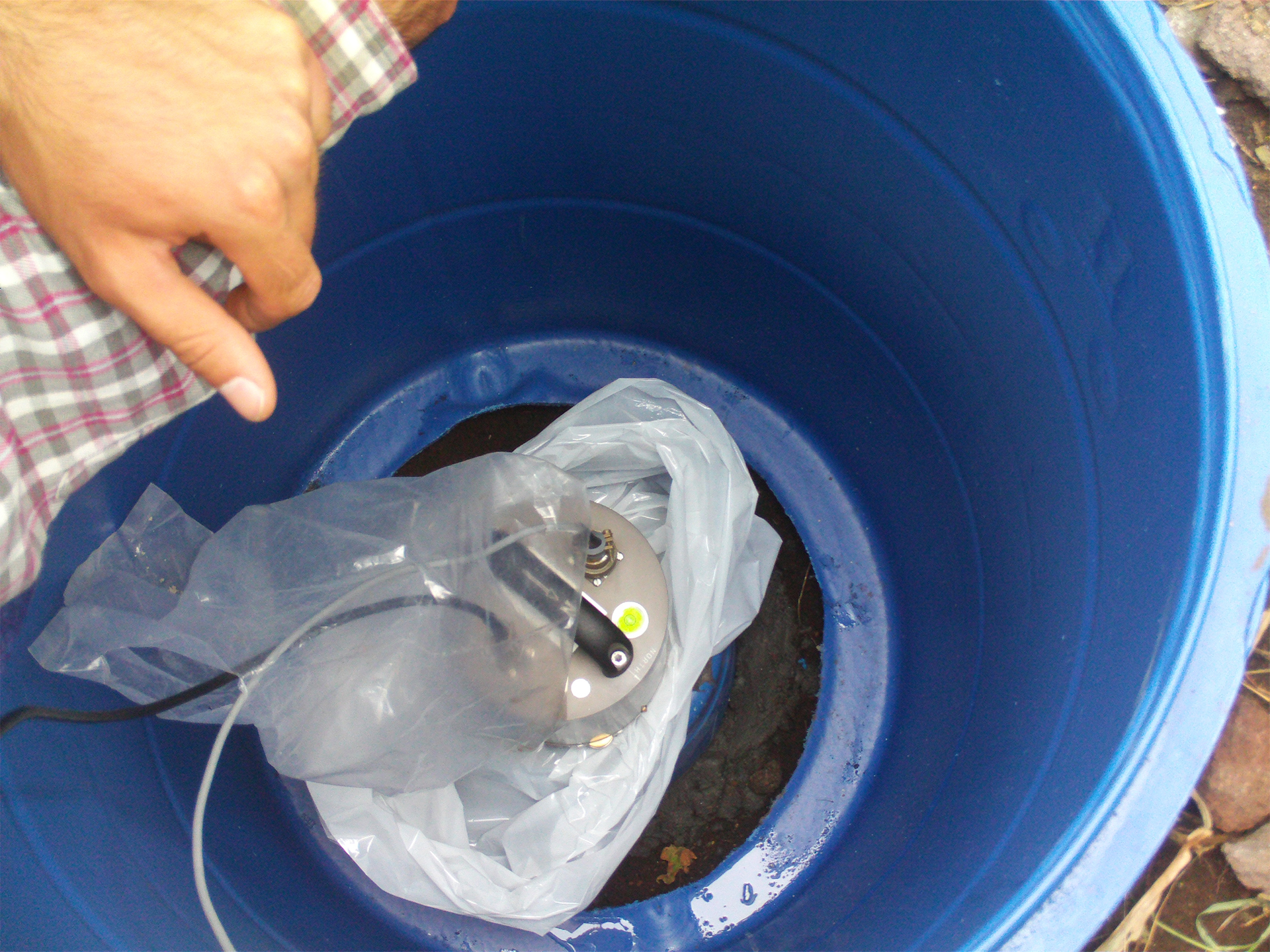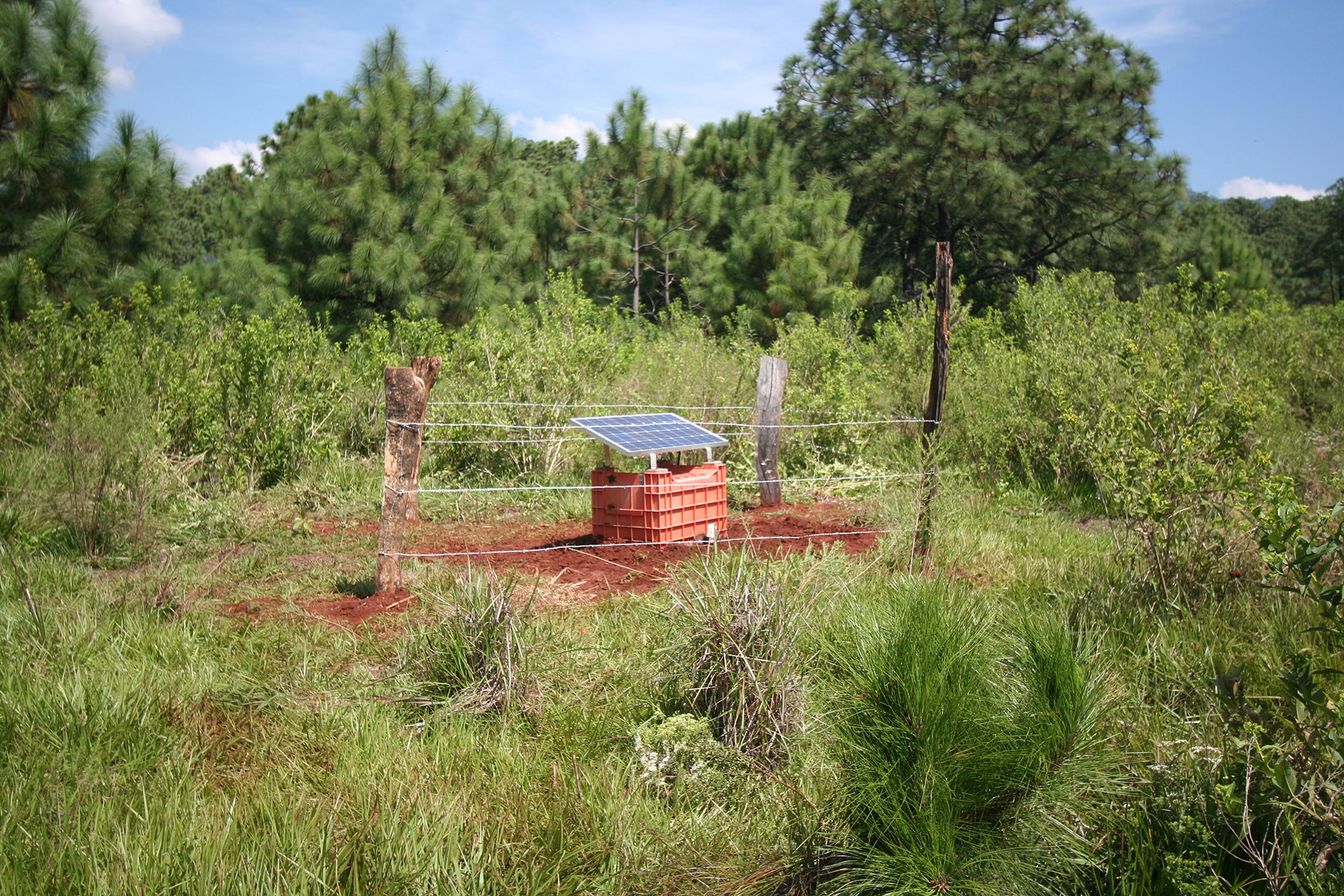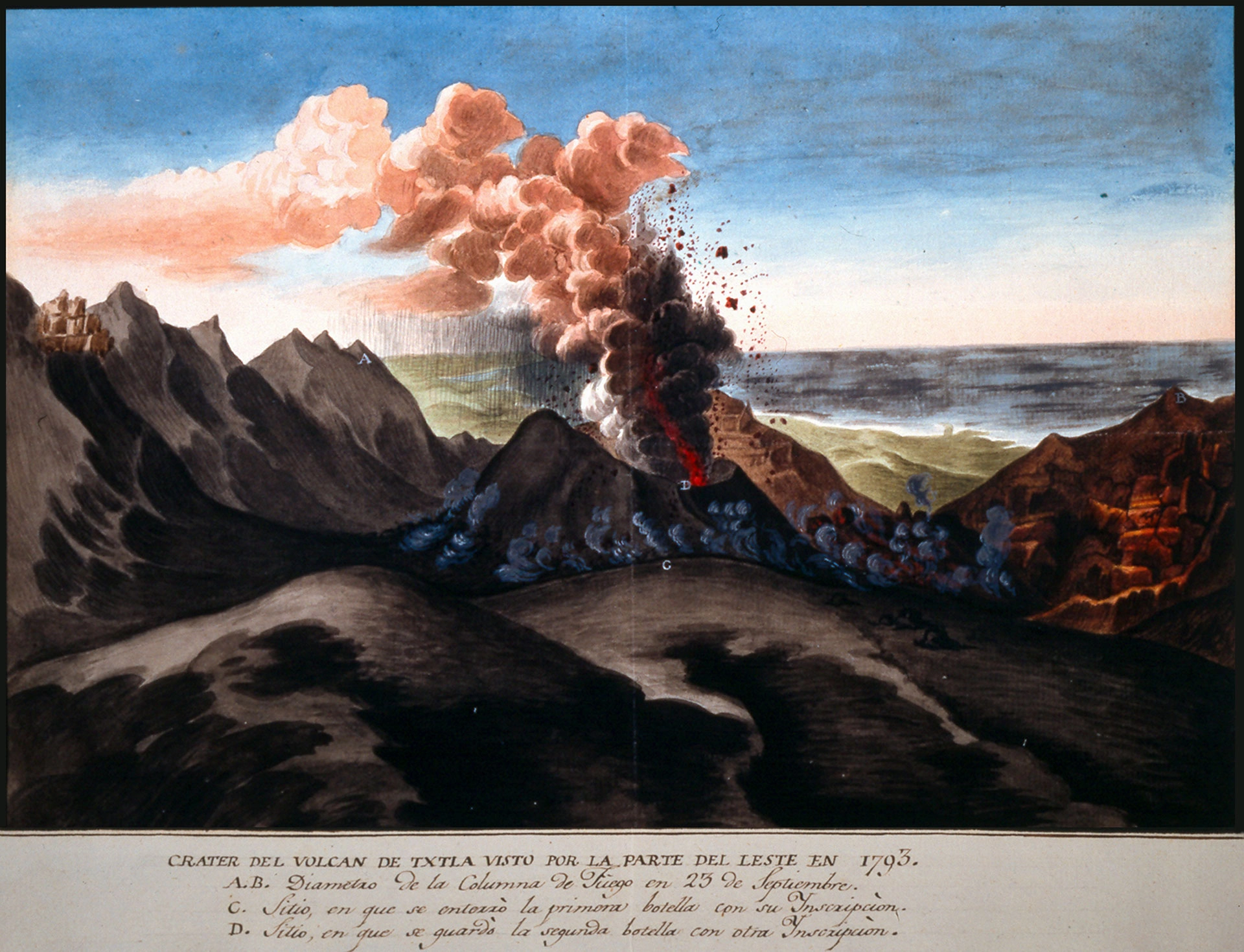Güralp Instruments implemented to monitor the seismicity of the Tuxtla volcanic field, Mexico
Mexico is home to about a dozen active volcanoes, some of which remain unmonitored as they are considered “quiescent” (less active). Although volcanic activity is less frequent, these volcanoes can suddenly become very active and as a result they have the potential to impact the safety of thousands of people (Espindola and Zamora-Camacho, 2017). As an example, in 1982, the unmonitored volcano, El Chichón erupted and the lack of warning resulted in the death of 2000 people.
San Martin Tuxtla is one such volcano in the Tuxtla volcanic field (TVF), where the development of a seismic network has important implications for determining the seismicity of the region, and anticipating potentially devastating eruptions.
Studies in the TVF area have shown that there have been at least 9 eruptions in the last 9000 years, the most recent of which were in 1664 and 1793. Accounts of the 1793 eruption describe a 3-event eruption that affected an area over 180,000 km2, in which heavy ash clouds spread and woods were set alight.
Commencing in 2007, the Universidad Nacional Autónoma de México (UNAM) set up a project in collaboration with Güralp Systems Ltd, to monitor the volcanic seismicity of the TVF area using a seismic network of Güralp 6TD broadband seismometers.
San Martin Tuxtla is one such volcano in the Tuxtla volcanic field (TVF), where the development of a seismic network has important implications for determining the seismicity of the region, and anticipating potentially devastating eruptions.
Studies in the TVF area have shown that there have been at least 9 eruptions in the last 9000 years, the most recent of which were in 1664 and 1793. Accounts of the 1793 eruption describe a 3-event eruption that affected an area over 180,000 km2, in which heavy ash clouds spread and woods were set alight.
Commencing in 2007, the Universidad Nacional Autónoma de México (UNAM) set up a project in collaboration with Güralp Systems Ltd, to monitor the volcanic seismicity of the TVF area using a seismic network of Güralp 6TD broadband seismometers.
Güralp Solution
Three Güralp 6TD broadband seismometers were installed in February 2007 around the San Martin Tuxtla volcano (Figure 2). The sensors were integrated with CD24 digitisers, enabling ease of deployment and portability.
The Güralp 6TDs are broadband, force-feedback digital seismometers with three orthogonal components. The instruments are high sensitivity (2*1200 V/m/s) with a frequency response of 30s to 100Hz. The on-board digitiser is 24-bit with configurable output and up to 32GB of Flash memory.
The Güralp 6TDs are broadband, force-feedback digital seismometers with three orthogonal components. The instruments are high sensitivity (2*1200 V/m/s) with a frequency response of 30s to 100Hz. The on-board digitiser is 24-bit with configurable output and up to 32GB of Flash memory.
Location of the San Martin Tuxtla volcano.
The Tuxtla volcanic field. Triangles represent volcanic cones and blue dots, maars (Espindola and Zamora-Camacho, 2017)
Deployment
Wells were dug into the ground with bottomless plastic drums inserted to prevent collapse of the walls. The instruments were placed inside the drums on concrete banks for good ground contact and set to record continuously at 100 samples per second, with data collected every month and analysed using Güralp Scream! Software.

A Güralp 6TD inside a well and plastic drum

A cover is placed on the top of the plastic drum which also contains the battery and terminals of the instrument. A solar panel array sits on top of the cover to power the system (Espindola and Zamora-Camacho, 2017)
Outcome
During the deployment period of 2007-2010, 208 events were recorded in at least one of the three stations, and 51 events at two stations.
The results of this analysis showed that the overall seismicity of the TVF is low, and the nature of the events suggested that they were due to tectonic or thermal stresses in the area and hydrologic conditions. The results of the study will provide a baseline level of seismicity of the area with which to judge anomalous events that could indicate a risk of eruption.
The results of this analysis showed that the overall seismicity of the TVF is low, and the nature of the events suggested that they were due to tectonic or thermal stresses in the area and hydrologic conditions. The results of the study will provide a baseline level of seismicity of the area with which to judge anomalous events that could indicate a risk of eruption.
Foci of 17 events recorded during the period 2007-2010 (Espindola and Zamora-Camacho, 2017)
References
With thanks to J.M. Espindola (Instituto de Geofísica, UNAM) and A. Zamora-Camacho (Departamento de Ciencias Exactas, Universidad de la Guadalajara.) for providing images and information for this case study.





